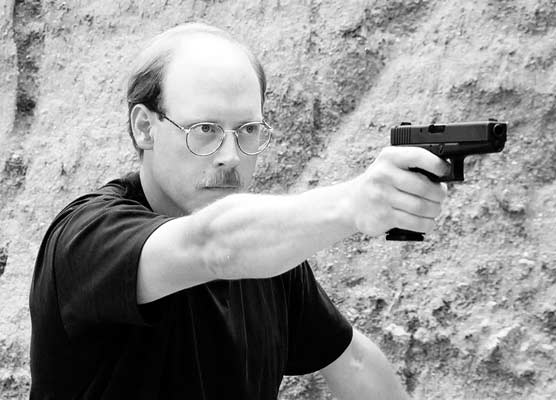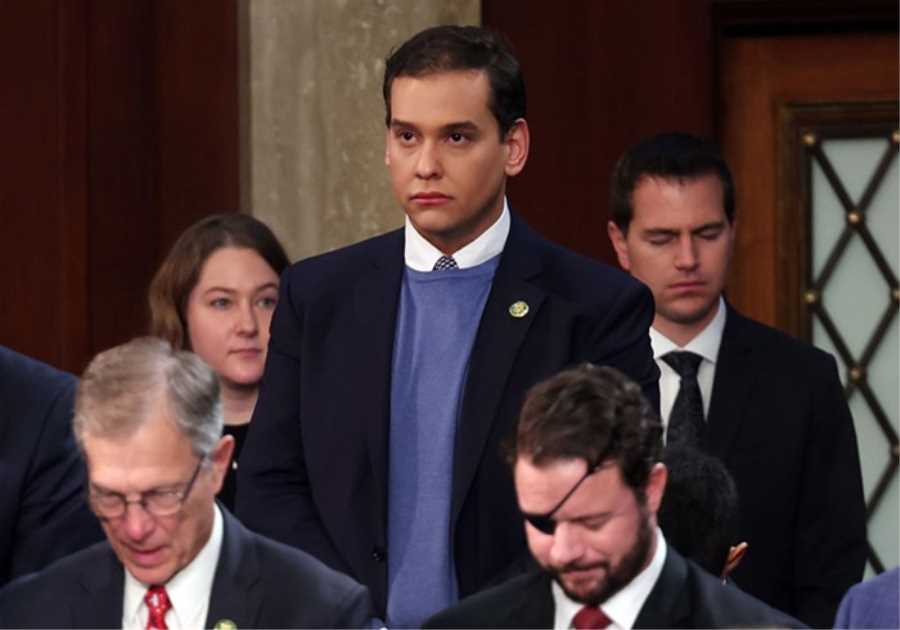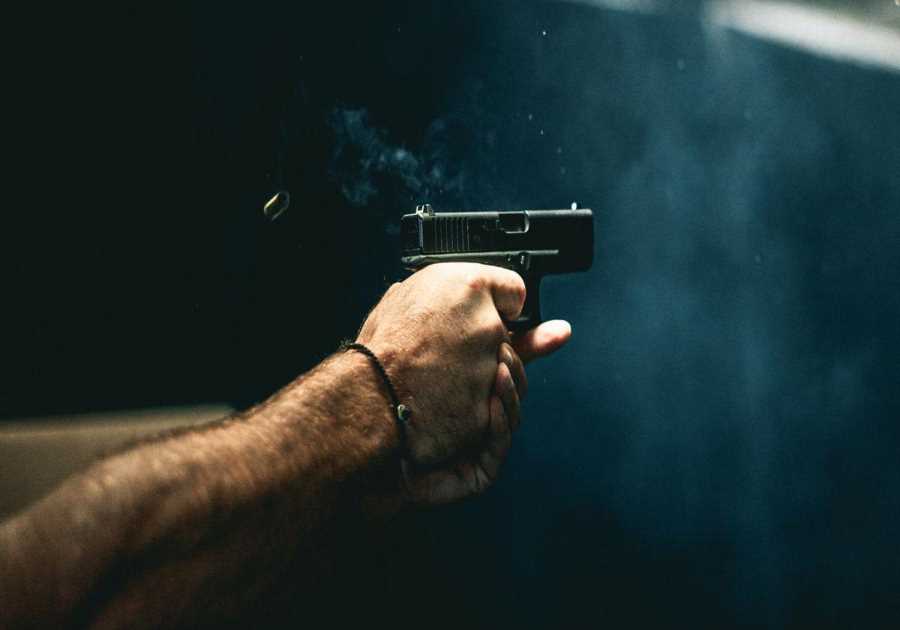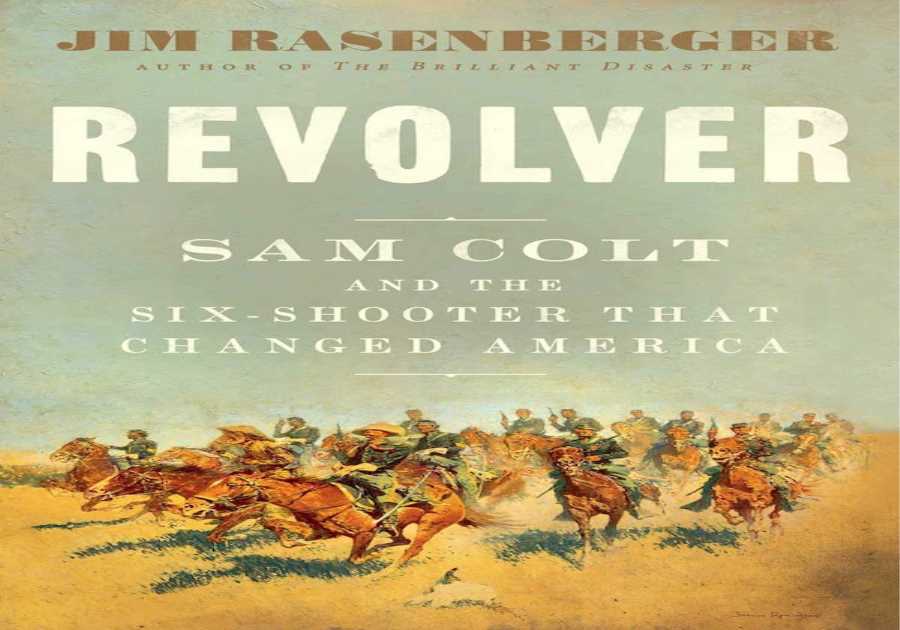
Colonel Rex Applegate is a name that should be familiar to all students of combat shooting. One of the true legends of the close-combat sciences, his contributions to the field spanned more than half a century and included practically every one of its disciplines. From unarmed tactics to knife fighting to riot control, the Colonel did it all and did it exceedingly well.
But the Colonel’s greatest passion — and arguably his most significant contribution — was his research and promotion of handgun point shooting.
I know at this point all the sighted-fire pundits out there are conditioned to grunt, roll their eyes, and dismiss point shooting as nothing more than spray-and-pray, un-aimed hip shooting. Well calm down, take your medication, and keep reading.
The purpose of this article is not to rehash the traditional point of shooting versus sighted fire controversy. In my opinion, all forward-thinking combat shooters already understand the need for — and the respective limitations of — both point shooting and sighted fire and include both in their personal skill sets.
So instead of beating (or even shooting) a dead horse, we will shed light on some of the lesser known aspects of point shooting and the challenges faced by Colonel Applegate in his efforts to prepare men to go off to war. We will also look at how the Colonel’s point shooting program changed over time and some of the unexpected results of those changes.
The information in this article comes from in-depth analysis of the Colonel’s works, but more importantly from first-hand range instruction, professional collaborations, and countless conversations during the last few years of the Colonel’s life. For the record, my first introduction to Colonel Applegate’s work was when I read his book Kill or Get Killed when I was about 13 years old. About 20 years later, I was hired by Paladin Press (still publishers of the book and the Colonel’s other works) with the specific purpose of establishing their video production department to produce point shooting videos with Colonel Applegate. In fact, my acceptance for the position was actually contingent upon the Colonel’s approval; if he didn’t like me, I didn’t get the job.
Fortunately for me, the Colonel not only took a liking to me, he also appreciated my active interest in the history and tactics of close combat. To ensure I could accurately express his methods in the videos we produced, he personally mentored me in point shooting and other topics. Ultimately he was pleased enough with my understanding and skill he invited me to co-author a book on the topic with him, titled Bullseyes Don’t Shoot Back. Needless to say, this was an incredible honor and will always remain one of the highlights of my career.
During our collaboration on the book, the Colonel shared a lot of information with me about the history and development of point shooting. However, to present the strongest case for the modern application of the system, he asked we not include those details so the book could focus on the application of the technique in today’s world. For the scope of that project it was appropriate, but the time has come to tell the full story.
Did you miss our previous article...
https://galleryforgreatguns.com/manufacturer-news/nssf-to-host-2nd-annual-governors-forum-at-shot-show-2023-nssf






